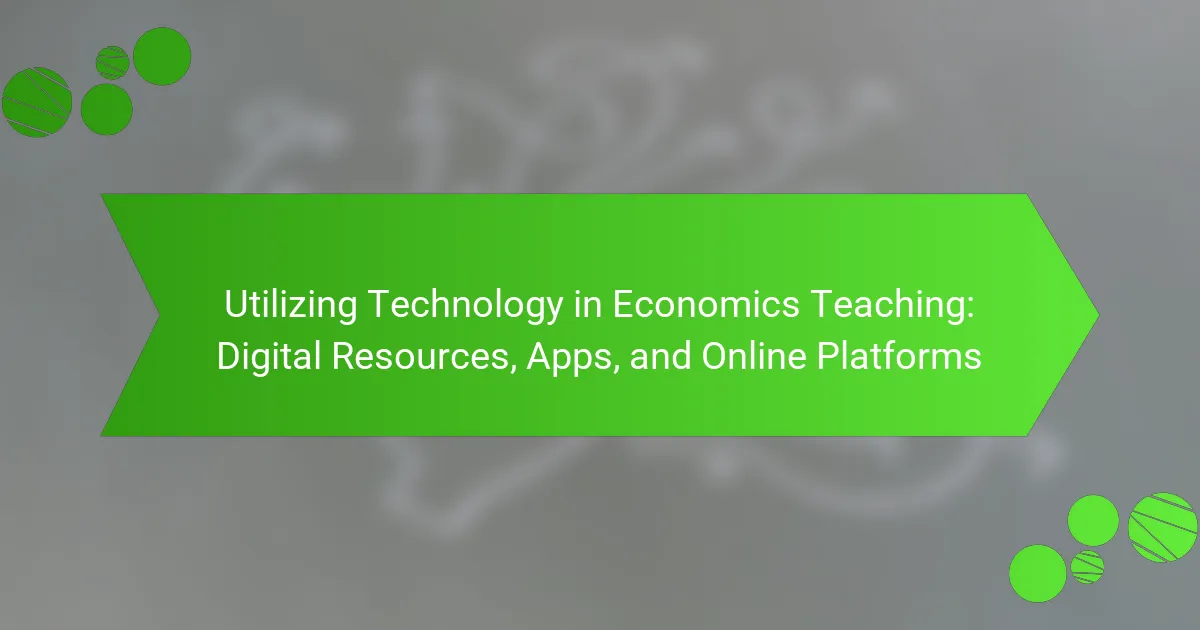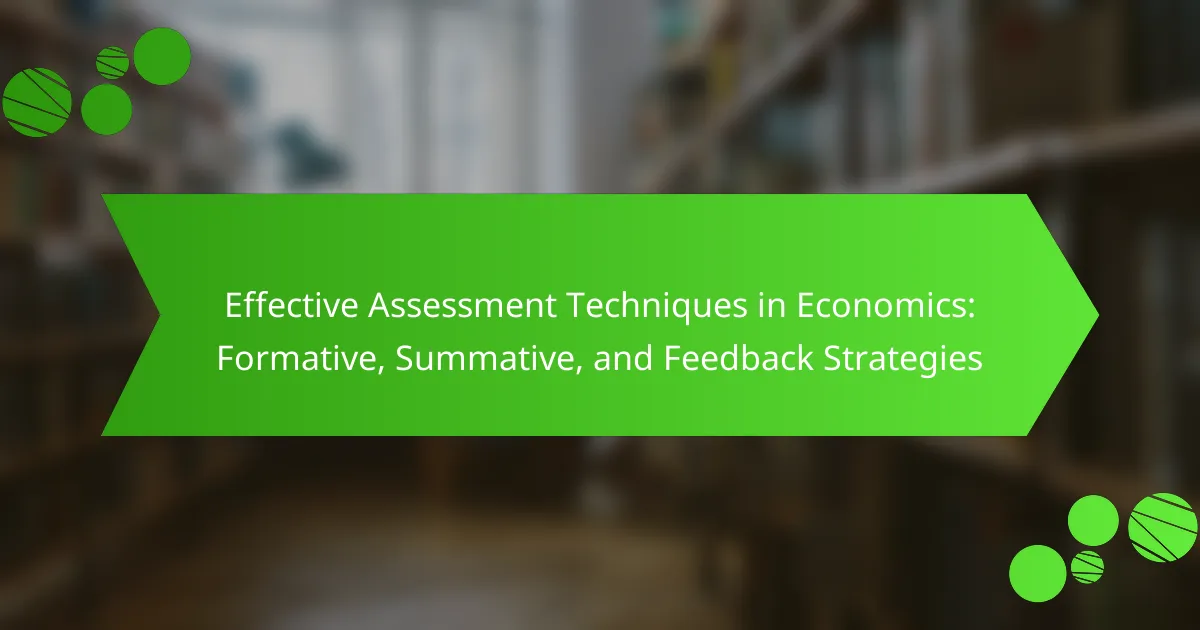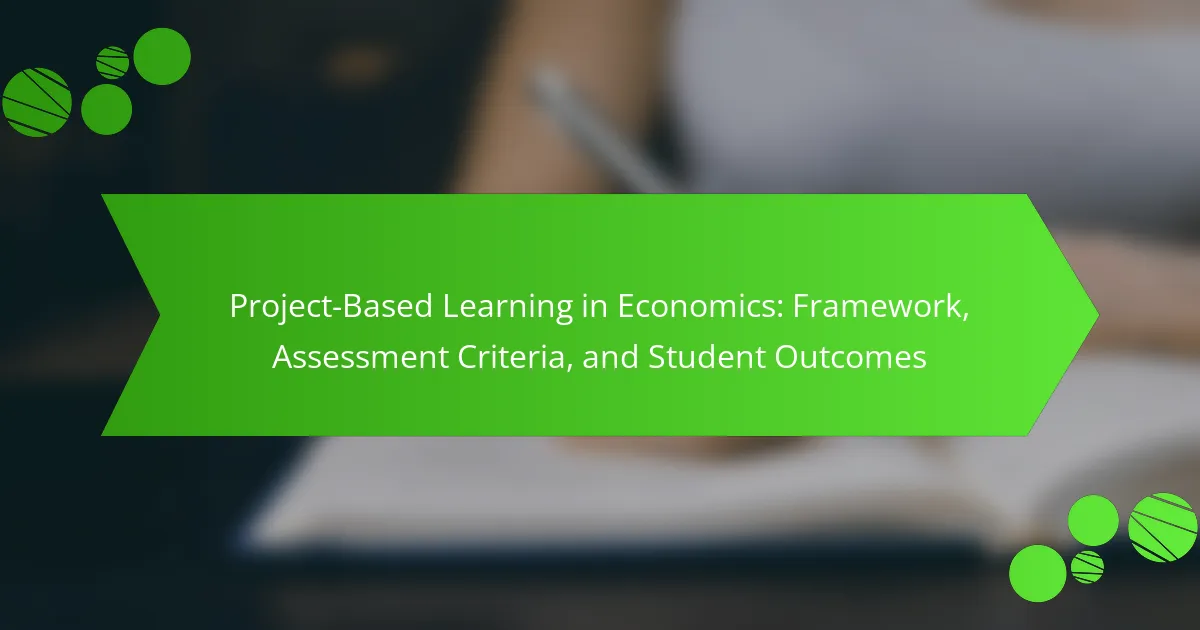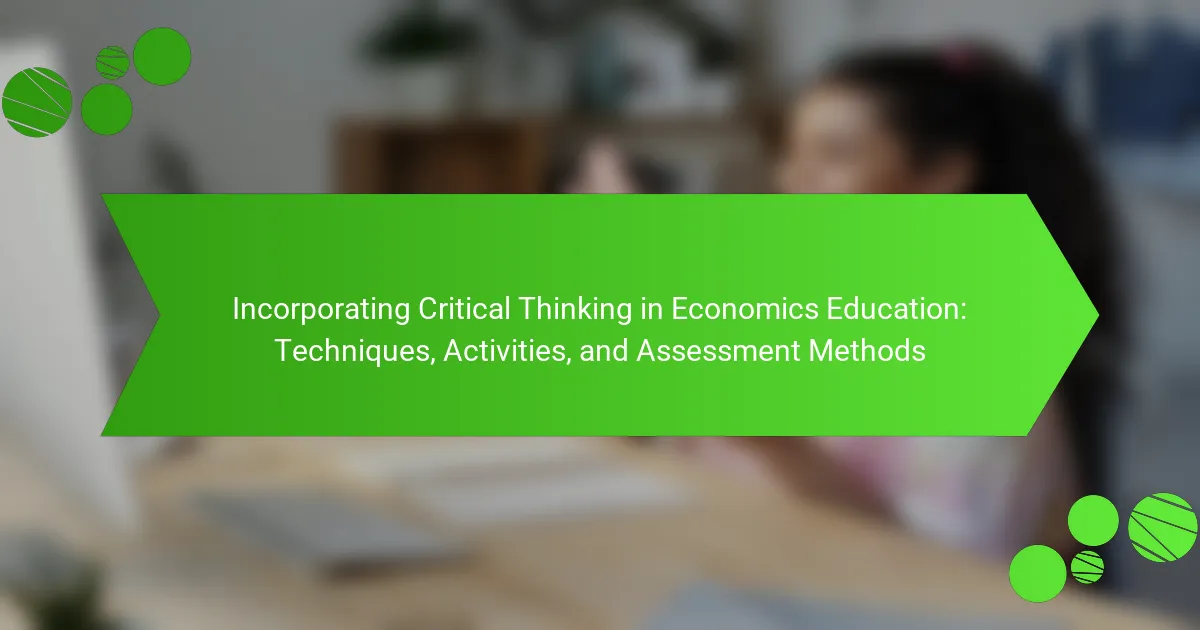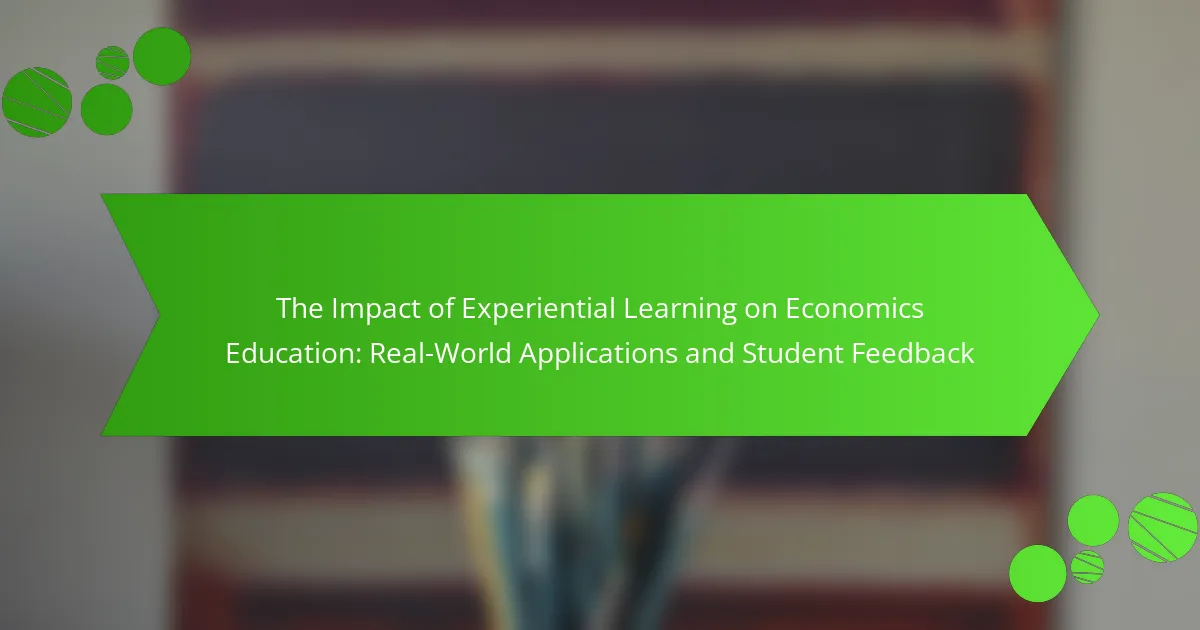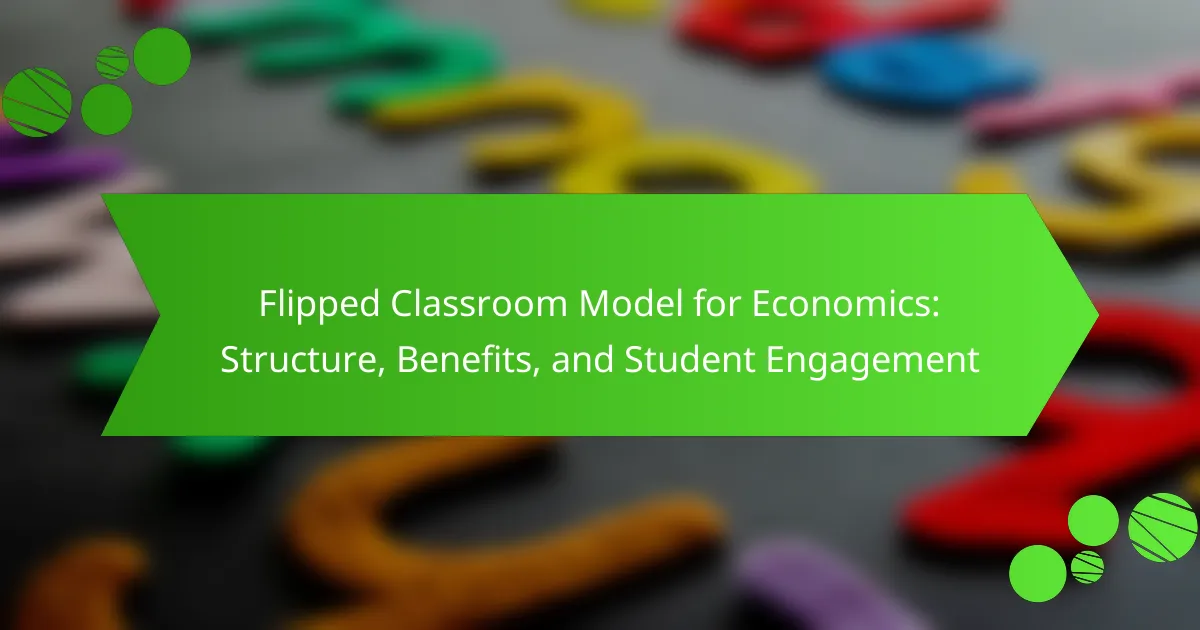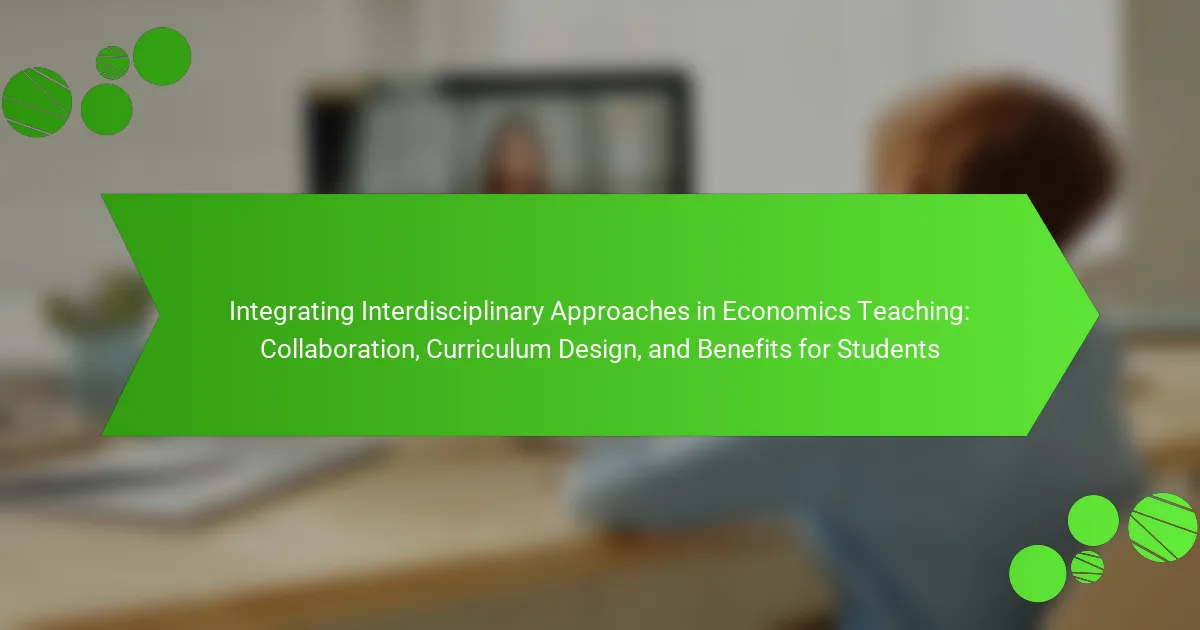
Integrating Interdisciplinary Approaches in Economics Teaching: Collaboration, Curriculum Design, and Benefits for Students
The article focuses on integrating interdisciplinary approaches in economics teaching, emphasizing collaboration, curriculum design, and the benefits for students. By incorporating concepts from disciplines such as psychology and sociology, educators can enhance students’ understanding of economic principles and improve critical thinking skills. Collaborative teaching strategies, including joint curriculum design and project-based learning, facilitate diverse perspectives…
